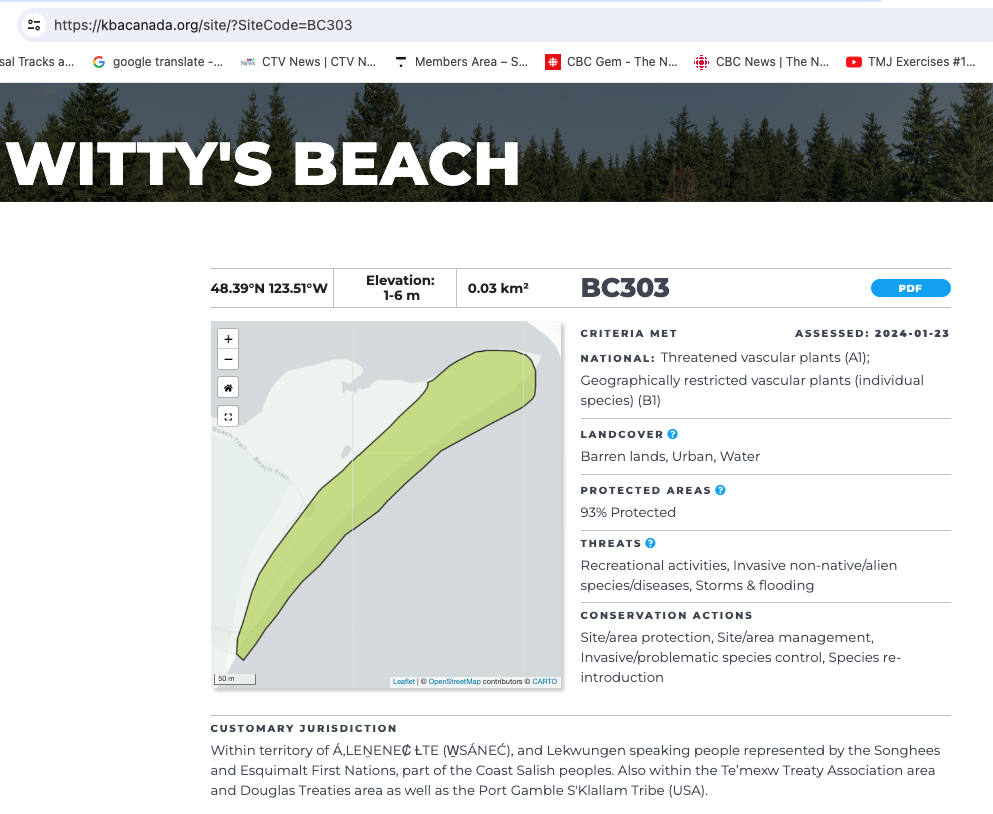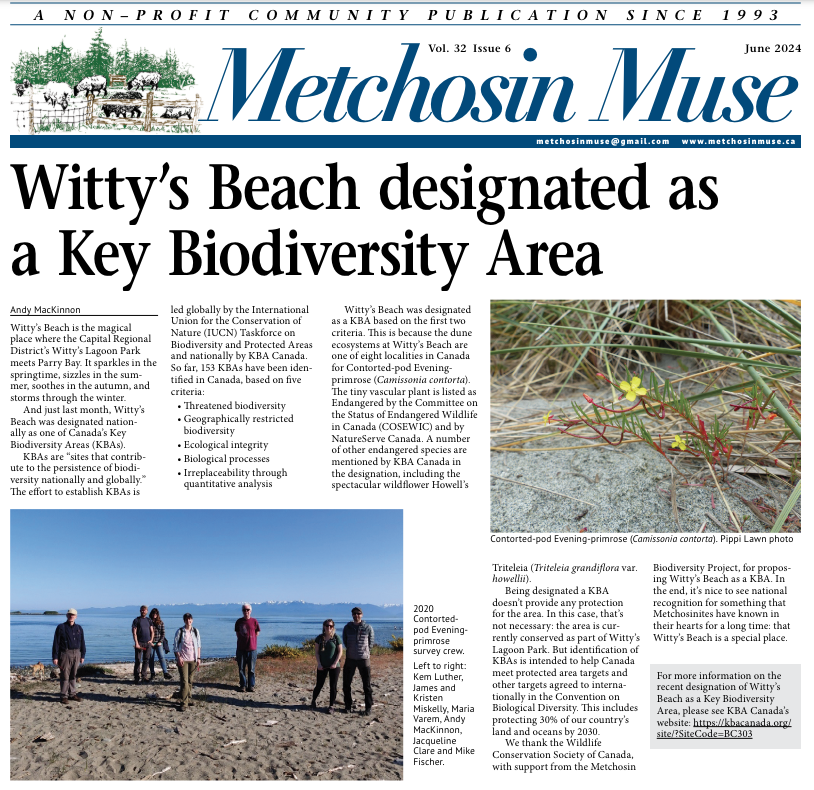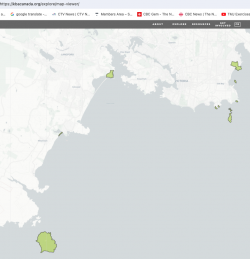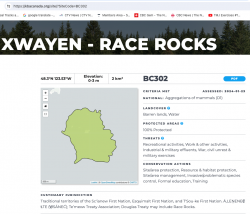Welcome to the four websites which I administer as a volunteer. Follow @garryfletch
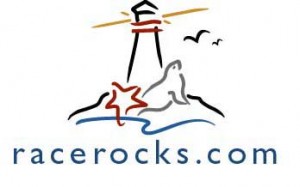 |
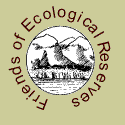 |
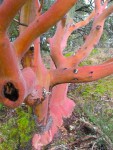 |
|
| Race Rocks | Metchosin Coastal |
Friends of Ecological Reserves |
G.Fletcher Metchosin Observations |
First an introduction and rationale for why these websites exist.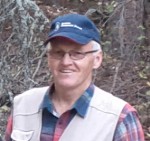
Throughout my teaching career in the International Baccalaureate Biology and Marine Science/ Environmental Systems Program at Lester B. Pearson College, I was very fortunate to have Race Rocks available within a 15 minute boat ride from my classroom in Pedder Bay at the Southern tip of Vancouver Island. This allowed us to use the area as a valuable resource in field work with my classes in biology, marine science and environmental systems. Since the early 1980s we have used the area extensively for SCUBA Diving and I was a PADI Instructor with the students in the Diving Activity at Pearson College. In 1980, the students and faculty of the college with the cooperation of BC Parks, made Race Rocks into a Provincial Ecological Reserve and since that time I have served as the Race Rocks Ecological Reserve warden for BC Parks, and the webmaster for the website. I first started publishing the Race Rocks website in 1996. I believed that the area provided such a valuable teaching and research resource that we just had to do all that was possible to enable others to use it as well. In the year 2000, with the help of a Millennium Partnership grant, and Pearson College staff and volunteers, we built a computer network on the island and microwaved the video and audio signals from the live cameras to the internet. In 2004, our work in Distance Education with the racerocks.ca website resulted in an Award in Excellence in Distance Education from the Commonwealth of Learning. Since my retirement from teaching at Pearson College in 2004, I have continued to volunteer my time to keep developing and updating the website and trying to keep all parts of it operational. I also work with students, ecoguardians, staff, faculty and other volunteer contributors of videos and new reference materials to add to the archive of educational resources available on the website. Within the last year I have been working at transferring the racerocks.com website, started in 1999 to a CMS using WordPress I have also added a section for curricula on Strategies for a Sustainable Marine Future and Education Issues. Also, Promotion of the Adopt an Ecosystem Approach for community Stewardship of ecologically significant areas based on the model of how Lester Pearson College became involved with the Race Rocks Ecological reserve has been an interest. Another area I have been interested in is the historical section of Race Rocks since it was one of a pair of the first lighthouses opened in 1860. A new index for the photographic record of the species list for the reserve, the Race Rocks Taxonomy and Image Gallery was added.
In February of 2007, I was appointed as a director to the Board of the Friends of Ecological Reserves. There was a need to assist ER Wardens involved in the other 153 ecological reserves in BC to create an internet presence for their reserves and to provide online access to the archives for research and education that have accumulated since their creation. So I have been adding resources on the other Ecological reserves in the province to this website for the Friends of Ecological Reserves. In the spring of 2014, I have been working on a project with the Friends of Ecological Reserves and BC Parks to archive all references available in government files on ecological reserves in order to archive them on the website ecoreserves.bc.ca. In the spring of 2014 the Board of Friends of Ecological reserves was accepted as an Intervenor in the National Energy Board Hearings on the Kinder Morgan/Trans Mountain Pipeline Expansion. I worked on a contract along with Mike Fenger, our Board Chair in representing the interests of the 19 Marine Ecological reserves in Southern Vancouver Island that will be under threat of oil spills from increased tanker traffic. We are awaiting a decision by the Federal government on this pipeline which could greatly impact the area where we live on soputhern vancouver Island.
My political leanings are evident on my Twitter site at https://twitter.com/garryfletch
From the the mid 1980’s to 2014, I served as a volunteer on the Metchosin Environmental Advisory Select Committee and through working with that committee have realized the importance of helping to promote the sustainability and restoration of our Coastline. I started the MetchosinCoastal website to present the diversity of geography and ecosystems and to emphasize the value in preserving the unique featured of our coastline. On this website I have also pointed out ways to mitigate our actions which may have been destructive to parts of the Coastline. I have attempted to present the references and resources for helping to educate the public about how we think about and value the coastal features of Metchosin. The views and opinions presented there are my own.
In 2013 I was invited to be on the Board of the SeaChange Conservation Society.
In January 2015, I started a personal blog website at http://www.gfletcher.ca. In it I have some observations of life on the farm in and around Metchosin and the Southern end of Vancouver Island.. I welcome any feedback you may have. I live in the Metchosin Community near Pearson College and serve as a consultant in marine education.
Currently I have been working at converting all the QuickTime movies in our archives to MP4s since new versions of browsers are no longer supporting the QuickTime plugin… Needless to say a very irritating and time consuming development, so that’s why you may find a few links on the racerocks.ca website which don’t work.
Posts tagged with warden’s reports on the ecoreserves website are located here: http://ecoreserves.bc.ca/category/97+wardenreports/
Posts on the Racerocks.ca site tagged as warden’s reports here: http://www.racerocks.ca/category/er-warden-report/
These reports have been provided by Garry Fletcher: e-mail : garryf (use the at sign) gmail dot com

